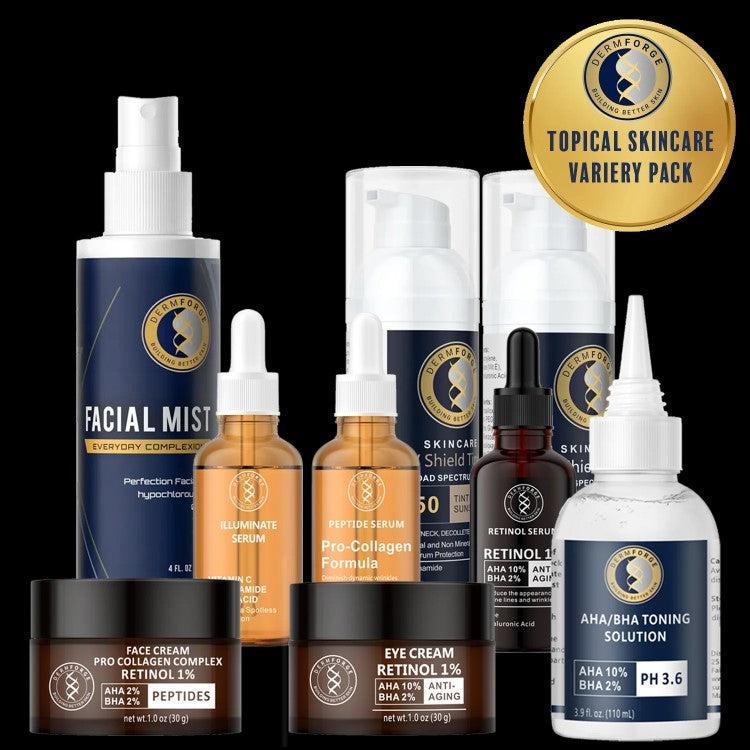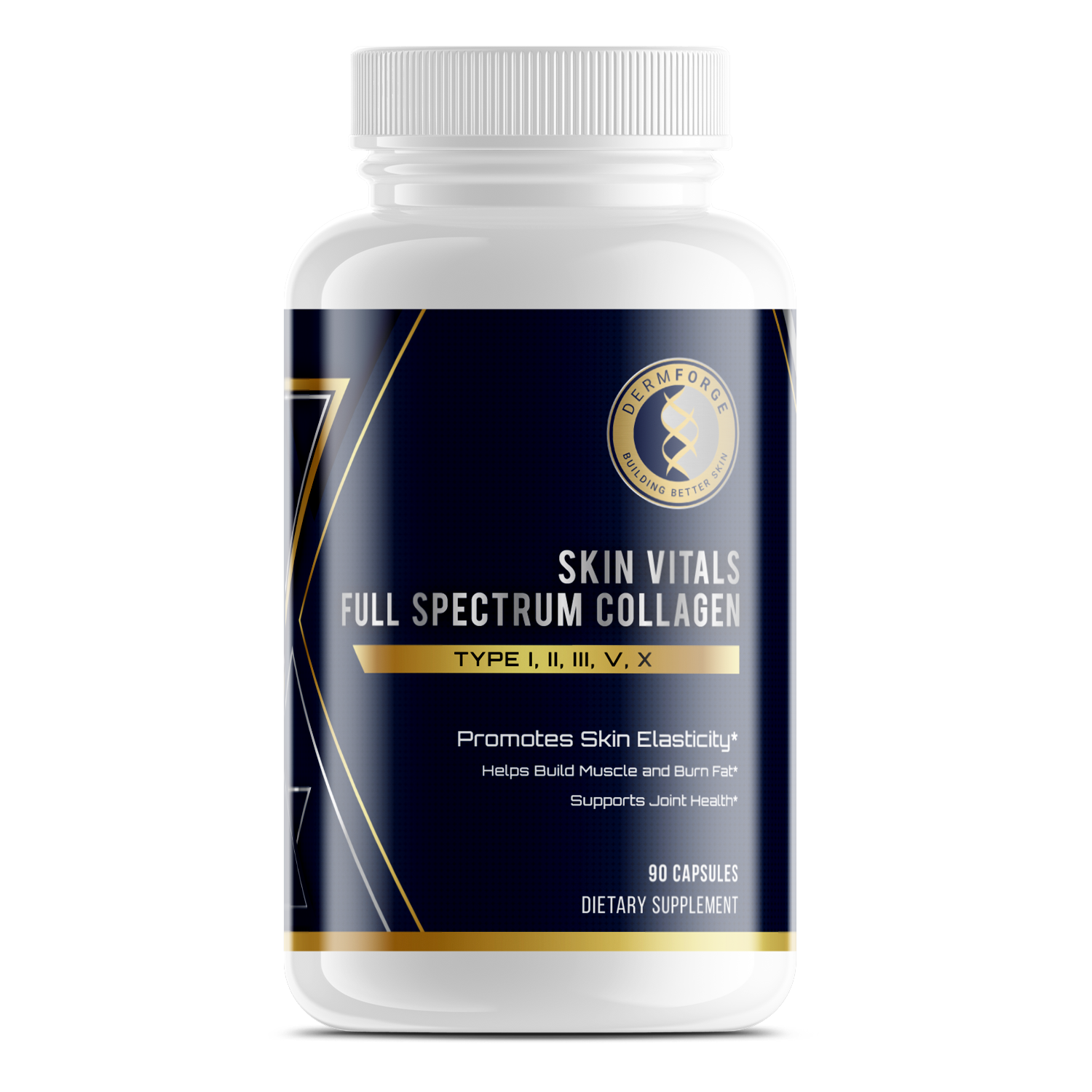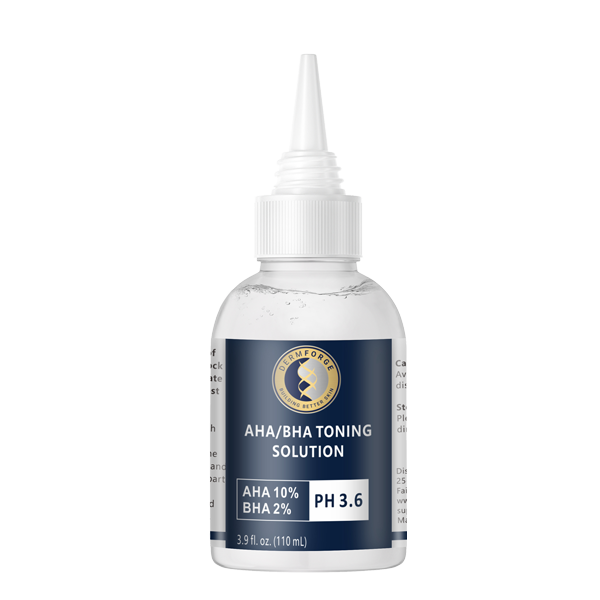Combining skincare therapies effectively can help you achieve better results by addressing multiple concerns in a single routine. Each therapy targets specific issues, such as acne, hyperpigmentation, or fine lines, enhancing your skin’s health and appearance. Additionally, pairing treatments strategically allows their benefits to work together for greater impact.
However, not all combinations are suitable for every skin type or concern. Understanding your skin’s needs and how therapies interact is essential to avoid irritation or overstimulation. When done correctly, combining treatments can accelerate progress and improve the overall condition of your skin.
By creating a balanced plan, you can maximize the benefits of professional treatments and at-home care. Combining skincare therapies effectively empowers you to customize your approach and maintain long-lasting results. This thoughtful strategy ensures your skin looks and feels its best over time.
Understanding Different Skincare Therapies
Understanding different skincare therapies is the first step to addressing your unique skin concerns. Light therapy, for example, uses specific wavelengths to target acne, redness, or uneven skin tone. Additionally, treatments like red and blue Led Face Mask Light Therapy promote healing, reduce bacteria, and improve overall skin health.
Chemical peels work by exfoliating the top layers of your skin, helping to smooth texture and reduce hyperpigmentation. They are particularly effective for treating fine lines, sun damage, and acne scars. However, these peels vary in intensity, making it important to choose the right type for your skin type and goals.
Microneedling creates tiny micro-injuries in your skin to stimulate collagen production and improve elasticity. This therapy is ideal for addressing wrinkles, acne scars, and enlarged pores. However, combining skincare therapies effectively, such as pairing microneedling with hydrating serums, can enhance results while minimizing downtime.
Each therapy targets specific concerns, and understanding their purposes allows you to select the best combination for your needs. By knowing how these treatments complement each other, you can create a well-rounded routine that supports healthier, more radiant skin.
Benefits of Combining Skincare Therapies
Combining skincare therapies effectively allows you to address multiple concerns at once, enhancing results beyond what a single treatment can achieve. For example, pairing LED Face Mask Therapy with retinol face serum can maximize the benefits of both. Light therapy boosts cellular activity, while serums deliver concentrated ingredients for hydration or brightening.
Additionally, certain combinations work to complement each other by targeting different layers of the skin. Chemical peels exfoliate the surface, allowing deeper penetration of products applied afterward. Microneedling pairs well with hydrating or anti-aging serums, as it creates microchannels that help active ingredients absorb more effectively.
By combining treatments thoughtfully, you can customize your skincare routine to achieve better, faster results. However, timing is crucial to avoid overstressing your skin. Allowing proper healing between sessions ensures that the therapies work together without causing irritation.
One of the biggest advantages of combining skincare therapies effectively is creating a routine tailored to your unique goals. This personalized approach helps you achieve healthier, more radiant skin while addressing your specific concerns. With the right combinations, you can enhance your skin’s appearance and maintain long-lasting results.
Tailoring Therapy Combinations to Your Skin Type
Tailoring skincare therapy combinations to your skin type is essential for achieving the best results. Identifying whether your skin is oily, dry, combination, or sensitive allows you to select treatments that align with your needs. Additionally, understanding specific concerns like acne, hyperpigmentation, or aging helps you focus on therapies that target those issues effectively.
For oily or acne-prone skin, combining light therapy with chemical peels may help regulate oil production and reduce breakouts. However, for dry or sensitive skin, gentler combinations like hydrating serums paired with microneedling might be better suited. Customizing your approach ensures your skin receives the right balance of stimulation and care without causing irritation.
When combining skincare therapies effectively, it’s important to avoid overstimulation. For example, pairing harsh peels with aggressive exfoliation may damage your skin barrier. Additionally, giving your skin time to heal between treatments reduces the risk of redness or sensitivity. A gradual approach allows you to layer benefits without overwhelming your skin.
By tailoring therapy combinations to your unique skin type, you can create a routine that delivers noticeable improvements. Taking the time to understand your skin and its needs ensures each treatment works harmoniously, helping you achieve healthier, more balanced skin over time.
Scheduling and Timing for Maximum Results
Scheduling and timing your skincare therapies is essential for achieving optimal results. Spacing treatments allows your skin to heal and respond effectively. Additionally, this prevents overstimulation, which can lead to redness, irritation, or diminished results. Creating a balanced routine ensures each therapy works harmoniously with the others.
When combining skincare therapies effectively, consider the healing time required for each treatment. For example, chemical peels may need a week of recovery before you introduce microneedling. Light therapy, on the other hand, can often be used more frequently as part of ongoing maintenance. By understanding the needs of each therapy, you can maximize their benefits while avoiding potential setbacks.
To create a balanced schedule, alternate intense treatments with gentler options to give your skin time to recover. Additionally, plan your sessions around your skin’s natural renewal cycle, which typically lasts about 28 days. This approach allows you to build on the results of previous treatments without overwhelming your skin. Consulting a professional can also help you develop a schedule tailored to your specific goals.
Proper timing is key to combining skincare therapies effectively and achieving noticeable improvements. Thoughtful scheduling not only protects your skin but also enhances the effectiveness of each treatment. With a well-planned routine, you can enjoy smoother, healthier skin over the long term.
Potential Risks and How to Avoid Them
Combining skincare therapies effectively requires understanding potential risks to avoid damage to your skin. Over-exfoliation is a common mistake when pairing treatments like chemical peels and physical scrubs. These therapies can strip the skin barrier, causing irritation and redness. Additionally, using harsh ingredients like retinol face cream and strong acids together may lead to inflammation or sensitivity.
To minimize risks, it’s important to understand how treatments and ingredients interact. For example, alternating exfoliation with hydrating therapies helps maintain balance. Additionally, give your skin time to recover between treatments to avoid overstimulation. Observing how your skin reacts can help you adjust your routine to prevent unnecessary damage.
Best practices include starting with lower-intensity treatments and gradually increasing their frequency or strength. Additionally, incorporating soothing ingredients like hyaluronic acid or ceramides helps support your skin barrier during intensive therapies. Consulting a professional is another effective way to ensure your combination is safe and tailored to your needs.
Avoiding these common mistakes is key to combining skincare therapies effectively and safely. A thoughtful approach not only enhances results but also protects your skin from harm. By focusing on balance and recovery, you can achieve healthy, glowing skin without unnecessary risks.
Professional Guidance vs. At-Home Combinations
Professional guidance and at-home routines both have their advantages when combining skincare therapies effectively. Professional care provides access to advanced treatments like chemical peels or microneedling performed by trained experts. Additionally, dermatologists and estheticians can tailor therapies to your skin’s needs, ensuring safe and effective combinations.
At-home routines, however, offer convenience and affordability. With the growing availability of high-quality tools and products, you can complement professional treatments from the comfort of your home. Additionally, at-home care allows you to maintain results between visits. However, improper use or pairing of products can lead to irritation or diminished outcomes.
Consulting a dermatologist is particularly helpful when dealing with complex concerns like severe acne, sensitive skin, or persistent pigmentation. Professionals can recommend the right sequence and timing of treatments to prevent issues. Additionally, their expertise helps you navigate potential ingredient interactions that could affect your skin.
When combining skincare therapies effectively, consider balancing professional care with at-home maintenance for the best results. Professional guidance ensures your treatments align with your goals, while at-home care supports consistency. Together, these approaches can create a comprehensive routine that promotes healthy, radiant skin.
Conclusion
Combining skincare therapies effectively can transform your routine, helping you address multiple concerns for healthier, more radiant skin. By understanding your skin type and needs, you can tailor treatments to maximize results. Additionally, balancing professional care with at-home maintenance ensures consistency and long-term benefits.
However, timing and recovery are essential when layering therapies. Giving your skin time to heal between treatments prevents irritation and enhances effectiveness. Consulting a professional for personalized guidance can also help you avoid common mistakes and achieve better outcomes.
A thoughtful approach to combining skincare therapies effectively promotes both safety and success. With the right combinations, you can create a routine that works harmoniously to support your skin’s health and beauty. By investing in a customized plan, you set the foundation for lasting improvements and a glowing complexion.






